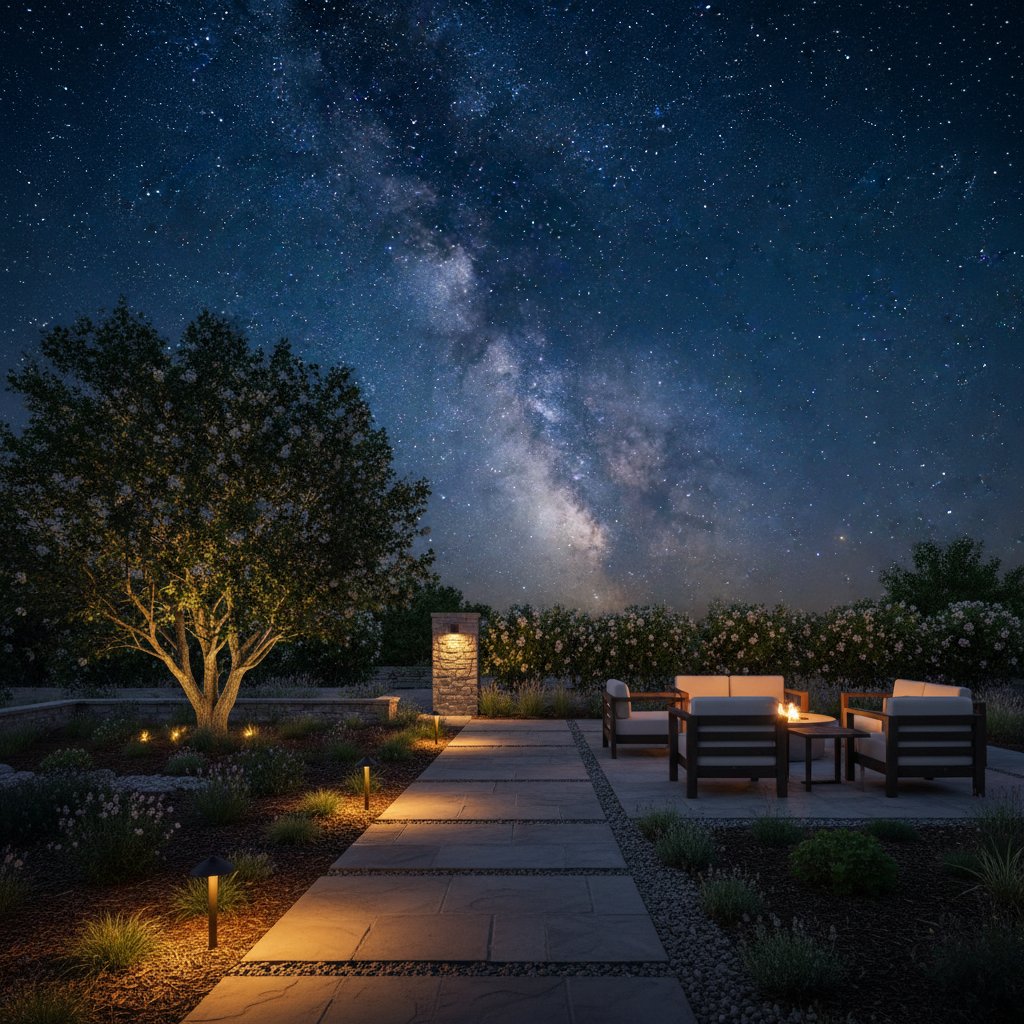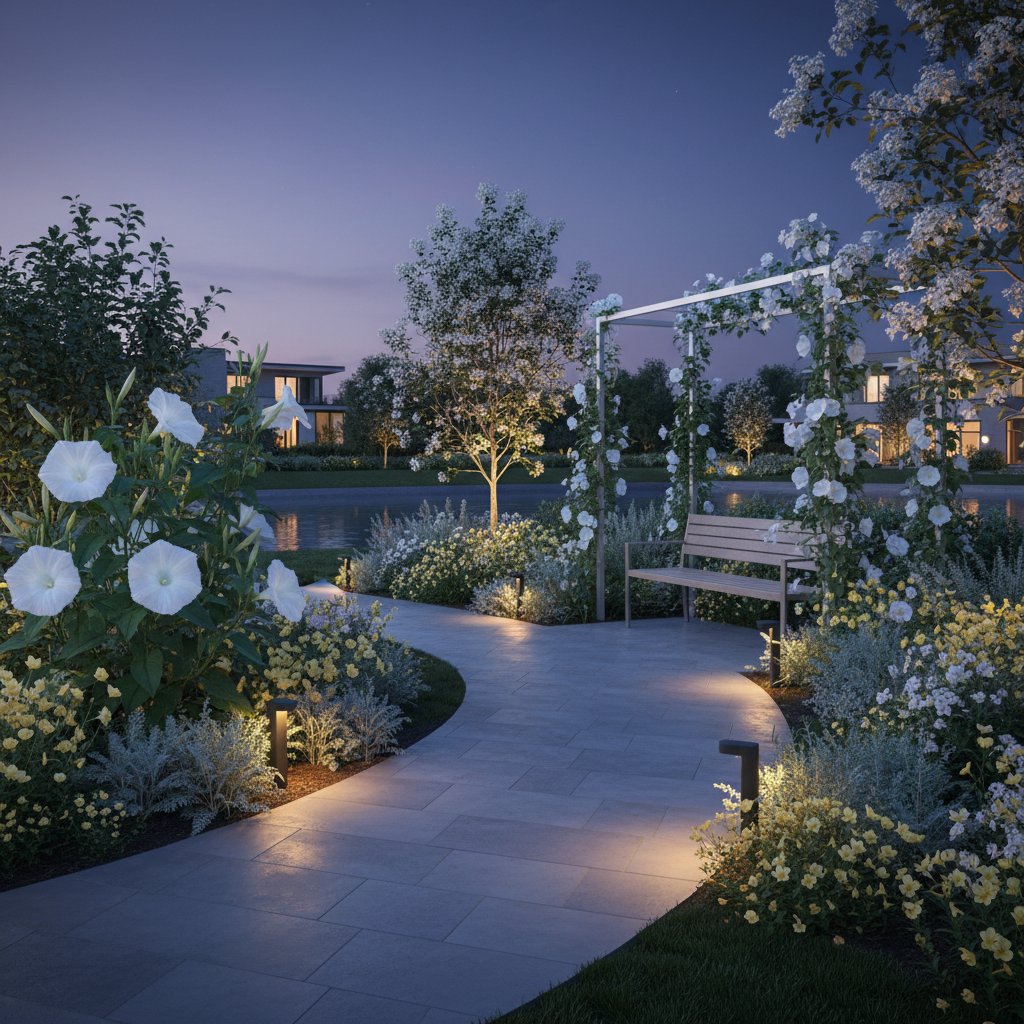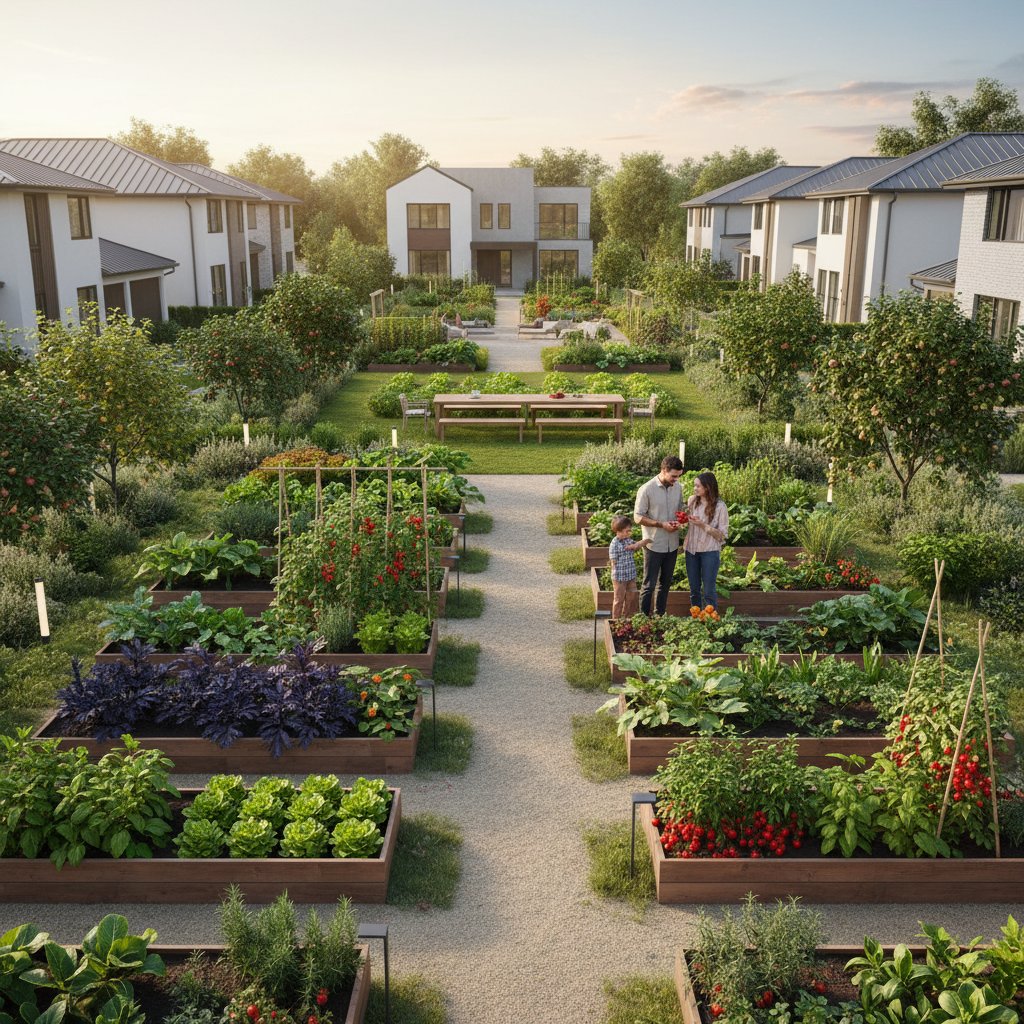Gravel Gardens: The 2025 Revolution in Effortless Landscape Design
Homeowners seeking vibrant outdoor spaces without ongoing demands of mowing, watering, or weeding find an ideal solution in gravel gardens. These landscapes feature stone as the primary ground cover, paired with drought-resistant plants suited to well-drained conditions. The outcome yields a contemporary, multifaceted environment that maintains appeal throughout the seasons with nominal effort.
An increasing number of individuals adopt gravel gardens to diminish routine chores while preserving visual interest and form. Proper selection of elements enables the creation of tranquil, organic settings that exude refinement and require little intervention.
Key Distinctions of Gravel Gardens
A gravel garden extends beyond mere rock coverage; it constitutes a deliberate framework that fosters plant vitality through stratified layers of soil, sand, and aggregate. This configuration facilitates rapid water percolation, mitigating root decay and curbing weed proliferation.
The aggregate functions similarly to mulch by conserving soil humidity, stabilizing thermal variations, and preventing soil splatter on foliage. In contrast to conventional turf or floral arrangements, established gravel gardens demand infrequent irrigation or nutrient supplementation.
Suitable plant selections encompass:
- Aromatic varieties such as lavender, thyme, and sage, which provide scent and vivid hues
- Textural elements like blue fescue or fountain grass for dynamic movement
- Sculptural options including succulents and sedums for architectural presence
- Resilient perennials like yarrow, echinacea, and catmint for sustained blooms
These species excel in arid settings and achieve peak condition with sparse oversight.
Strategic Planning for Your Gravel Garden
Initiate the process by identifying suitable locations. Gravel gardens flourish in sun-exposed, unobstructed zones with inherent drainage. Avoid shaded or moisture-retentive sites, as preferred plants favor arid root zones.
Prepare the site by excavating grass, weeds, and upper soil layers to approximately six inches. Install a foundation of coarse sand or crushed rock to enhance drainage. Position landscape fabric as a weed suppressant prior to distributing the gravel.
Opt for aggregate sized between one-quarter and one-half inch. Finer particles risk excessive compaction, whereas coarser ones may displace readily. Apply one to two inches of depth to adequately veil the underlying fabric.
Consider gravel hues in relation to residential architecture. Earthy beige or tan variants evoke a rustic, harmonious vibe. Neutral gray or white imparts a sleek, contemporary edge. Blend tones for nuanced depth or maintain uniformity for streamlined elegance.
Evaluate scale during planning. For compact areas, integrate winding paths; in expansive yards, delineate zones with broader sweeps to amplify the sense of space.
Evaluating Costs and Effort Involved
Gravel garden establishment typically incurs lower expenses than patios or perennial lawn care across years. Materials and self-directed installation approximate two to four dollars per square foot. Professional services may elevate figures to six to ten dollars per square foot, influenced by terrain and intricacy.
Primary labor concentrates on initial groundwork: excavation, grading, and layering demand several hours for a modest plot. Post-installation, oversight remains light, limited to sporadic weed extraction and gravel redistribution following precipitation.
Absence of turf eliminates mowing schedules and irrigation systems, yielding substantial time and resource savings annually. This efficiency attracts time-constrained residents or those aiming to reduce environmental impact and expenses.
Factor in long-term value. Gravel gardens enhance property aesthetics, potentially increasing curb appeal without recurring investments.
Versatile Design Concepts
Gravel gardens adapt seamlessly to diverse aesthetics. Achieve a Mediterranean motif through herb integrations, olive-hued evergreens, and terracotta accents. For minimalist appeal, employ precise borders with monochromatic gray aggregate and striking forms such as agave or yucca.
Soften contours by interspersing gravel expanses with perennial groupings and swaying grasses. Incorporate substantial rocks or boulders as anchors. Introduce functional pieces like benches or fountains to infuse personality.
Illuminate pathways with embedded, soft-glow fixtures to extend usability into evenings, fostering an inviting ambiance.
Define boundaries with durable edging in metal, stone, or wood to secure aggregate and refine outlines. Merge with flagstones or irregular pavers for patterned routes that blend utility and artistry.
Experiment with zoning: designate seating nooks or herb sections to personalize the layout, ensuring cohesion through consistent material palettes.
Simplified Upkeep Routines
Following planting and stabilization, gravel gardens require straightforward attention. Provide supplemental watering in the inaugural season to promote robust root development. Subsequent seasons rely primarily on natural precipitation.
Extract emerging weeds promptly to prevent establishment. Employ a rake biweekly to restore surface uniformity and remove debris.
Periodically replenish aggregate if erosion or settling occurs, typically every two to three years depending on foot traffic and weather exposure.
Monitor plant health annually; divide overcrowded perennials to sustain vigor without additional inputs.
Implementing Your Gravel Garden Vision
Embrace gravel gardens to liberate time from yard obligations while sustaining an inviting, versatile exterior. These designs suit varied scales and preferences, from modest accents to comprehensive transformations.
Commence modestly with a perimeter strip or trail to familiarize with the aesthetic. Gradually incorporate plants and features, observing how the composition evolves into a low-demand oasis that enhances daily living.



